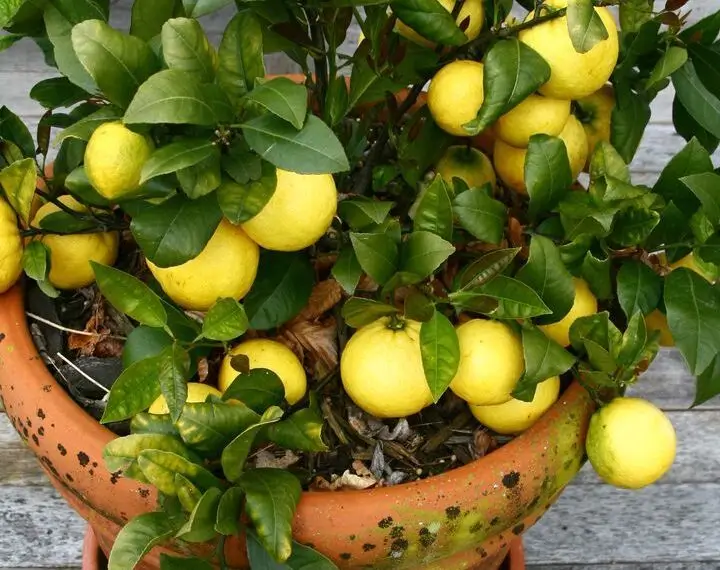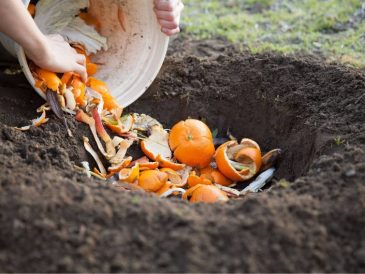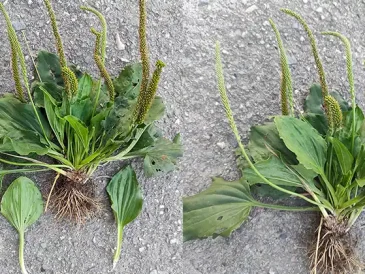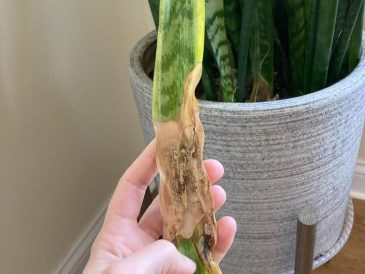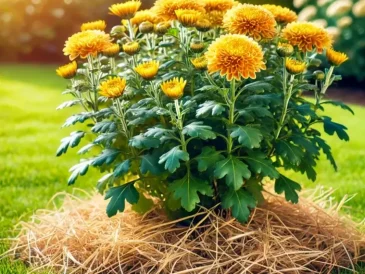Growing a lemon tree in a pot is a rewarding project, allowing you to enjoy fresh lemons even if you lack a garden or live in a colder climate. Lemon trees are surprisingly adaptable and can thrive in containers if provided with the right care. In this article, we’ll guide you through the essential steps to grow a healthy, fruit-producing lemon tree in a pot.
1. Choosing the Right Lemon Tree Variety
When growing a potted lemon tree, select a variety that is well-suited for container life and productive in small spaces. Here are a few excellent choices:
- Meyer Lemon: Known for its sweet, thin-skinned fruit, this dwarf variety is ideal for pots and colder regions.
- Ponderosa Lemon: A hybrid variety, it produces large fruit and thrives well indoors.
- Lisbon Lemon: While this is a standard lemon, it can grow in a pot if pruned regularly.
2. Selecting the Perfect Pot
The pot you choose can significantly impact the growth of your lemon tree. Consider these factors:
- Size: Choose a container with at least a 15- to 20-gallon capacity, approximately 12-18 inches in diameter and depth, to give the roots ample space.
- Material: Use clay or ceramic pots for better breathability, though plastic pots are lightweight and easier to move.
- Drainage: Ensure the pot has drainage holes at the bottom to prevent root rot, which lemon trees are susceptible to.
3. Using the Right Soil Mix
Lemon trees need a well-draining soil mix to thrive. Look for a commercial potting mix labeled for citrus plants, or create your own blend:
- DIY Mix: Combine potting soil, sand, and perlite in equal parts. This provides the drainage and aeration needed for healthy root growth.
- pH Level: Aim for a slightly acidic pH, between 5.5 and 6.5, which is ideal for citrus plants.
4. Planting Your Lemon Tree
Once you have the pot and soil ready, it’s time to plant your lemon tree:
- Remove the Tree: Gently take the tree out of its nursery pot, handling the roots carefully.
- Positioning: Place the tree in the center of the pot and ensure the root ball is slightly above the soil line to prevent waterlogging.
- Backfill Soil: Add soil around the root ball, firming it gently. Water thoroughly to help settle the soil.
5. Providing Optimal Sunlight
Lemon trees are sun-loving plants and need plenty of direct sunlight:
- Indoor Placement: Place your potted lemon tree near a sunny south-facing window where it can receive at least 8 hours of sunlight daily.
- Outdoor Placement: If keeping the plant outdoors, position it where it will get full sun. Rotate the tree periodically for even growth.
6. Watering Properly
Over-watering is one of the most common mistakes when caring for a potted lemon tree. Here’s how to get it right:
- Frequency: Water when the top inch of soil feels dry. In warmer weather, this could mean watering every 3-4 days.
- Technique: Water deeply until it flows out of the drainage holes, ensuring that the entire root system is hydrated.
- Humidity: Lemon trees benefit from occasional misting, especially if they are grown indoors where air tends to be drier.
7. Fertilizing for Fruit Production
Lemon trees in pots need extra nutrients to produce fruit:
- Citrus-Specific Fertilizer: Use a balanced, slow-release fertilizer designed for citrus trees, following the instructions on the label.
- Frequency: Feed every 4-6 weeks during the growing season (spring to early fall) and reduce feeding in winter.
- Essential Nutrients: Ensure your tree gets enough nitrogen, magnesium, and iron for optimal growth and fruit production.
8. Pruning and Shaping
Pruning keeps your potted lemon tree compact and encourages healthy growth:
- Timing: Prune in early spring or late fall after the harvest.
- Technique: Remove any dead, damaged, or overcrowded branches. Aim to open up the center of the tree to increase air circulation.
- Shape: Trim the tree into a rounded shape, allowing it to fit comfortably in its container.
9. Repotting for Continued Growth
As the lemon tree matures, it may need to be repotted every 2-3 years:
- New Pot Size: Choose a pot 2-3 inches wider in diameter than the current pot to allow more root space.
- Repotting Process: Carefully transfer the tree to the new pot with fresh soil. Trim any damaged roots during this process.
10. Managing Pests and Diseases
Potted lemon trees are prone to a few common pests and diseases:
- Common Pests: Watch out for aphids, spider mites, and scale insects. Remove them by spraying the tree with insecticidal soap or neem oil.
- Diseases: Root rot can occur if over-watered. Ensure good drainage and monitor soil moisture.
- Regular Checkups: Inspect your tree regularly to catch and treat any issues early.
11. Ensuring Pollination
If your lemon tree is indoors, natural pollination may not occur:
- Hand Pollination: Use a small paintbrush or cotton swab to transfer pollen from one flower to another.
- Encouraging Pollinators: If outdoors, attract bees and other pollinators by planting flowers nearby.
12. Temperature and Climate Needs
Lemon trees are sensitive to cold and should be protected in cooler climates:
- Ideal Temperature: They thrive between 55-85°F. Bring them indoors if temperatures drop below 50°F.
- Indoor Climate: If kept indoors, avoid placing near drafty windows or heating vents.
13. Caring for Flowers and Fruit Development
Flowers and fruits need additional attention to reach maturity:
- Supporting Branches: Heavy fruit can cause branches to sag. Use plant ties to support them if needed.
- Patience: Fruit can take 6-9 months to mature. Ensure the tree is getting consistent light and nutrients.
14. Encouraging Fruit Production
To increase fruit yield, follow these tips:
- Stress Period: Let the soil dry out slightly in late winter, mimicking a dormant period and encouraging spring blooms.
- Gradual Watering: Resume normal watering as new growth appears to stimulate flowering.
15. Harvesting Your Lemons
Knowing when and how to harvest is crucial:
- Maturity Signs: Lemons are ready to pick when they turn fully yellow and feel slightly soft to the touch.
- Harvesting Technique: Use pruning shears to cut the fruit from the tree to avoid damaging the branches.
16. Winter Care and Maintenance
Protecting your potted lemon tree during winter ensures its survival:
- Indoor Transition: If you live in a colder climate, bring the tree indoors when temperatures dip.
- Light and Humidity: Provide as much light as possible and consider using a humidifier to maintain proper humidity levels indoors.
Conclusion
Growing a potted lemon tree that produces fruit is a delightful and achievable project with the right care and attention. By selecting the appropriate variety, potting it in the right soil, and meeting its sunlight, water, and nutritional needs, you can enjoy fresh, homegrown lemons year-round.
Frequently Asked Questions
1. Can a potted lemon tree survive winter indoors?
Yes, as long as it receives ample light and proper humidity, a potted lemon tree can thrive indoors during winter.
2. How often should I water my potted lemon tree?
Water when the top inch of soil is dry. During warmer months, this could mean watering every 3-4 days.
3. How long does it take for a potted lemon tree to bear fruit?
Typically, it takes 3-5 years from planting for a lemon tree to produce fruit, although this varies by variety and growing conditions.
4. What type of fertilizer is best for lemon trees in pots?
A balanced, slow-release citrus fertilizer works well, providing essential nutrients like nitrogen, magnesium, and iron.
5. How can I ensure my lemon tree flowers and produces lemons?
Make sure the tree gets enough sunlight, water, and fertilizer. Hand pollinate indoor trees if natural pollinators aren’t available.
